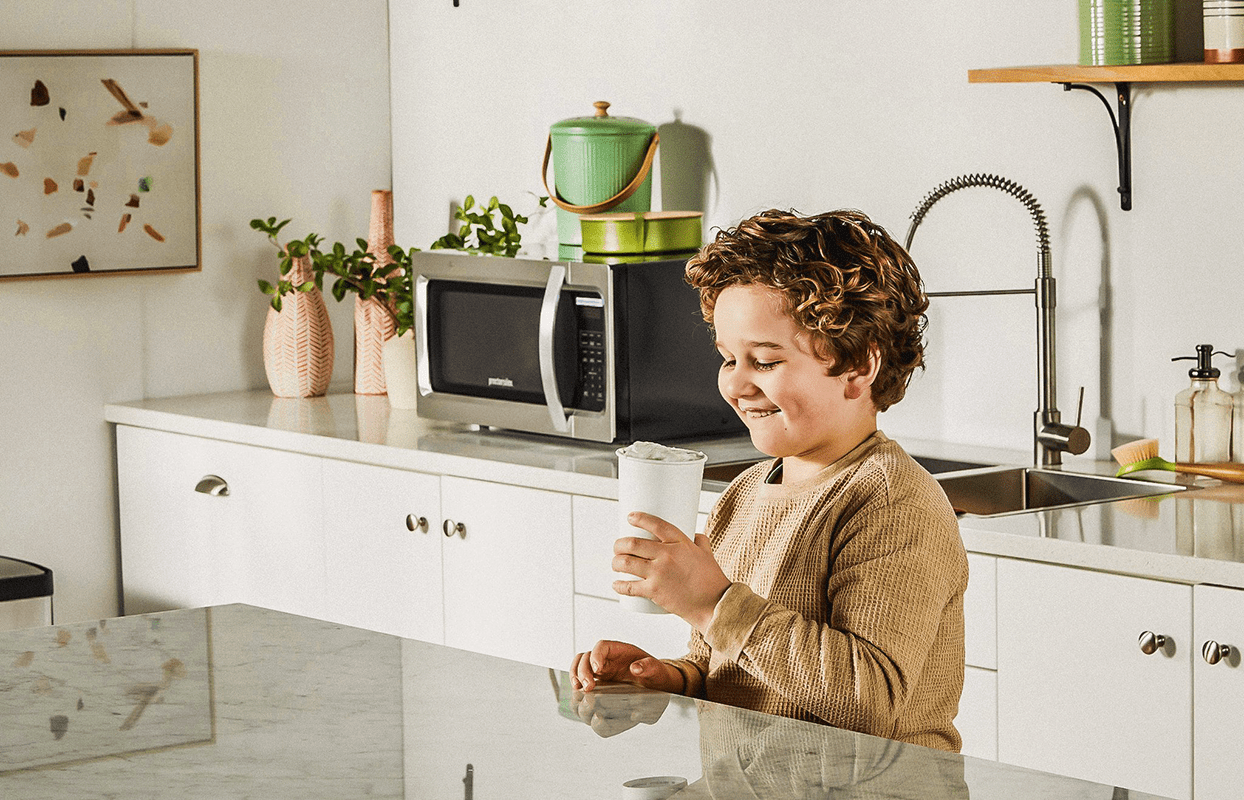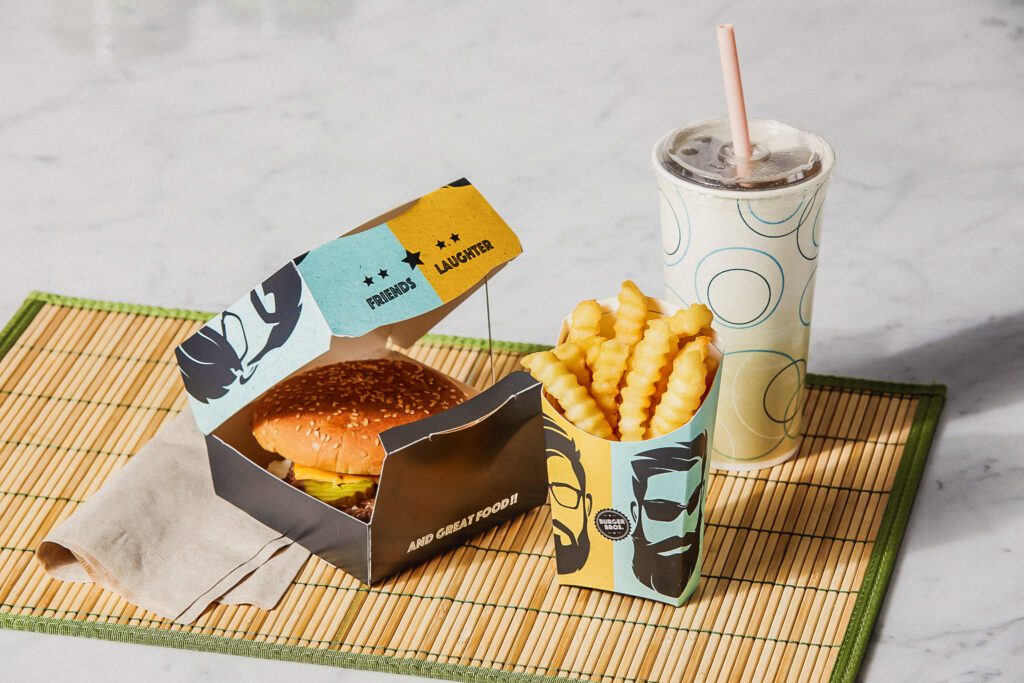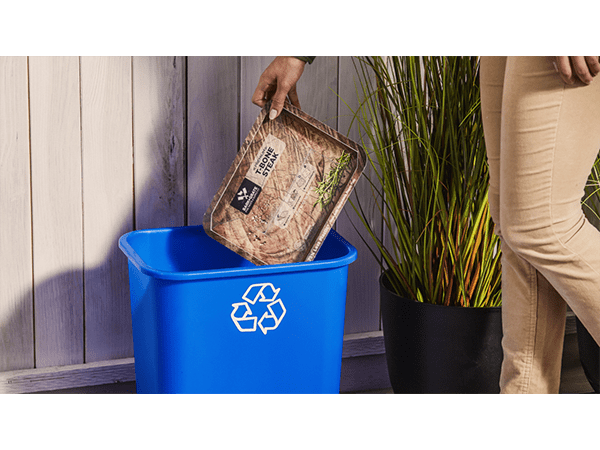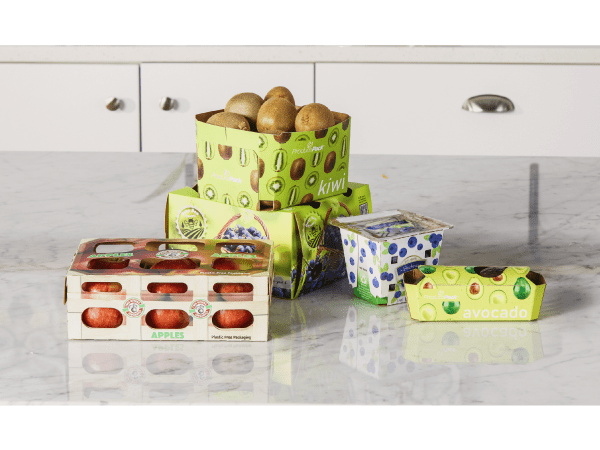article
Paper Cups Can Turn Choppy Waters Into an Ocean of Opportunity for Canadian QSRs

In today’s Quick Service Restaurant (QSR) market, every drink served in a plastic cup comes with a side order of uncertainty.
Regardless of Canada’s federal single-use plastic ban, which at the time of writing has been overturned subject to appeal, cities and towns like Montreal and Banff show there is a growing trend of municipal use-and-toss plastic restrictions spreading across the nation.
Beyond this, consumer sentiment around plastic and a growing concern around poor plastic recycling rates are combining to create potential risks for businesses that use plastic cups. But where there’s risk, there’s also opportunity. And it’s an opportunity QSR brands can seize by serving up cups made from mainly renewable materials that meet consumer preferences and legislator demands and preserve our planet’s natural resources.
Legislation Tribulation
Over the last several decades, plastic production has increased faster than any other material, thanks to its light weight, durability, and low cost. Most of the three million tonnes of plastic Canadians throw away ends up in landfill, and around 29,000 tonnes find their way into our natural environment. Despite the fact that over 60 percent of Canadians have access to a plastic recycling scheme, only around 9 percent of it is recycled.
These facts have stirred the Canadian government into action. Finalized in June 2022, the Single-use Plastics Prohibition Regulations (SUPPR) is a comprehensive plan to ban single-use plastics. They target six categories of problematic plastics, including foodservice containers like cups. The first measures from these new regulations became active in December 2022, and even though the ban was overturned by the Federal Court in November 2023, it remains in force until the outcome of the government’s appeal is resolved.
This situation is made more complex when municipal plastic restrictions are taken into account. These can vary by city and even by town. For example, Toronto has implemented a ‘by request’ approach to single-use plastic items, while QSRs must allow consumers to use refillable beverage cups if they choose. Meanwhile, British Columbia has banned many different types of plastic cups.
This creates a minefield for QSRs, particularly chain restaurants. Chains rely on harmonized processes to ensure consumers get a consistent experience at every restaurant. The uncertainty around plastic cups is hugely disruptive to that harmony for those QSRs using them. Sometimes, the obvious choice is the right one, and legislation is pushing us in the right direction. QSRs who are in plastic are now having to navigate these regulations, but they do have options.
Consumers Want Sustainable Packaging That Performs
While the future of single-use plastic legislation is yet to be decided in the courts, the court of public opinion has already passed its verdict.
Over 90 percent of Canadian consumers are concerned about the impact food packaging has on the environment, and over half are concerned with plastic use. Meanwhile, around 50 percent feel a brand’s values are important, and two-thirds would swap to a brand they perceived as more sustainable, if price and quality were the same.
Paperboard is the material best placed to meet these needs. It has a high recycling access rate in Canada – 96 percent and nearly 70 percent of all paper, paperboard, and cardboard is successfully recycled.
But of course, it’s not all about sustainability. Paper cups must also offer a great user experience. Research by the Shelton Group found that the vast majority of consumers surveyed prefer the insulation benefits provided by paper cups, protecting hands and surfaces from condensation and keeping their cold drink colder for longer. Just 11 percent felt it was important to see their drink through a clear plastic cup. When asked to rate the performance of a paper cups across a number of attributes, consumers responded enthusiastically. In relation to “feels comfortable on the mouth when sipping,” 88 percent of consumers rated paper cold cups as “excellent” or “good”, rising to 93 percent for hot cups. And, for the attribute “does not impact the taste of the beverage inside,” 84 percent responded “excellent” or “great” for cold cups, rising to 95 percent for hot cups.
Consumers should not have to choose between enjoying a refreshing cold beverage and their desire to minimise their impact on the environment. When that beverage is served in a paper cup, they don’t have to.
Paper cups are an obvious choice for QSRs looking to optimize growth strategies and minimize risk. Canadian consumers are ready to make the switch. Canadian legislators are trying to make the switch. All that remains is for QSR businesses to show they’re listening.



